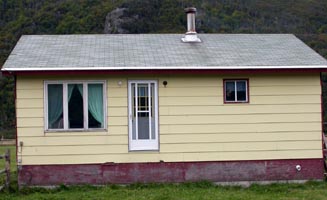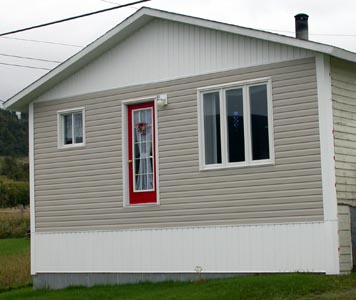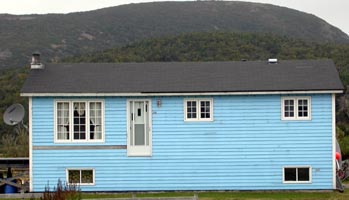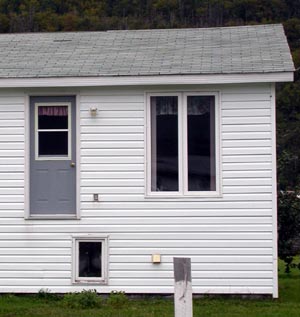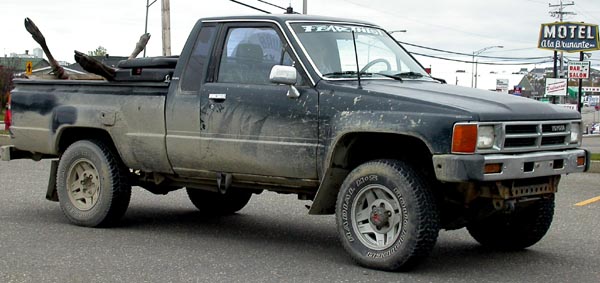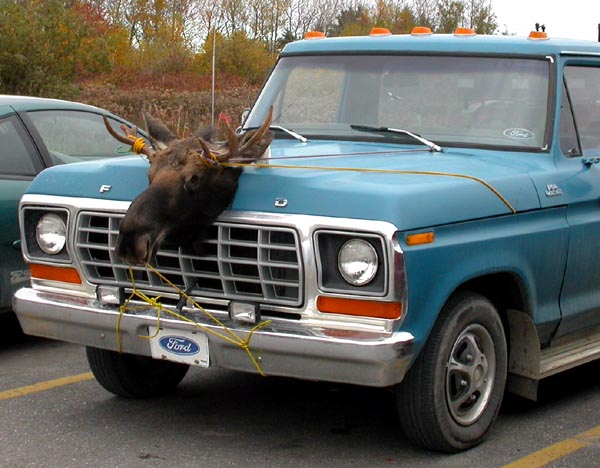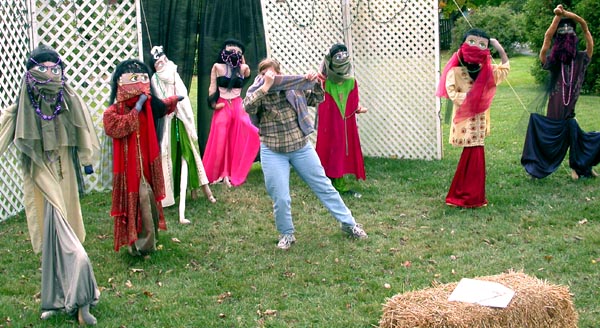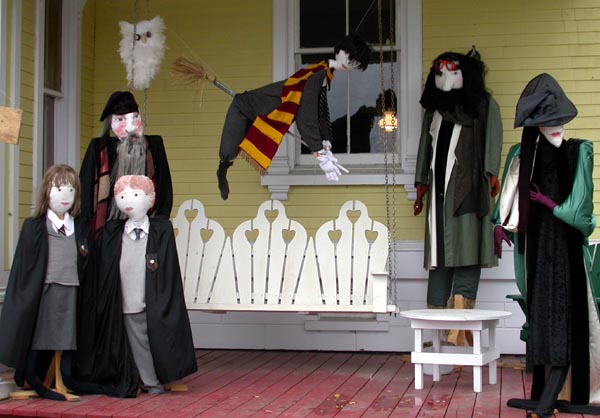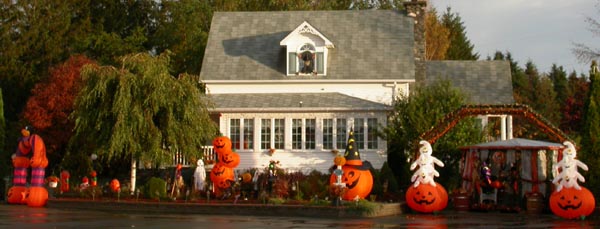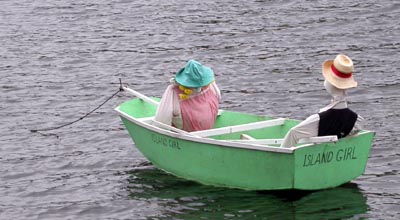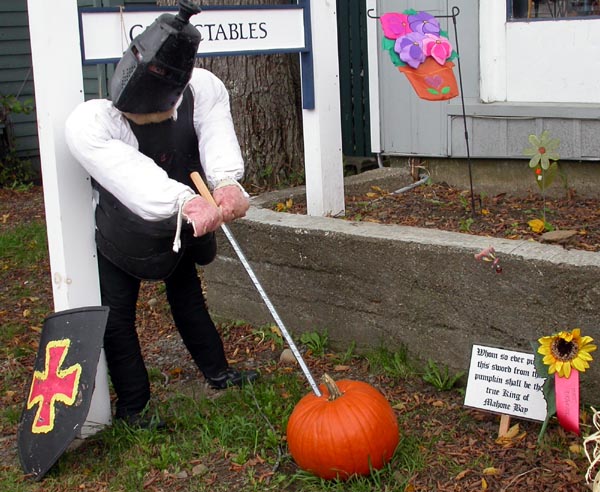When I was a child, they taught plate tectonics in grade school. Looking at a world map, it made perfect sense. You could see that the hump of South America would tuck perfectly into that indentation in Africa’s west coast. It just took a little imagination.
A couple of weeks ago, my father told me that in the early 1970’s, he read of plate tectonics for the first time. It was in a science magazine, and the article was illustrated with crude drawings, but he was fascinated by the new theory.
I was flabbergasted by his revelation. When you are a child in school, you never stop to think that what you are learning about the world might be different from what your parents learned. Puzzled, I asked my Dad, “What did they teach in school before plate tectonics? Where did they say the mountains came from?”
Traveling through Newfoundland and the Gaspe peninsula, we have had a chance to see the results of plate tectonics, in all three dimensions. In museums, we read exhibits and studied diagrams. Dad was the resident expert, having read John McPhee’s “Annals of a Former World.” He mentioned it often, and Barry and I got used to hearing him begin sentences with, “McFee says…”
The best illustration was the guided hike we took at Gros Morne, with a guide named Fred. Using human volunteers, he illustrated how the continents came together and moved apart several times, bouncing off each other like very slow bocce balls. I starred as Laurentia. My counterpart, Gondwana, slid a rock up my arm until it reached the top of my head, a very tall mountain indeed, formed of old rock from far beneath the surface.
We were walking on the Tablelands, an eerie moonscape-like scene. The ground was a jumble of rust-colored peridotite — not just any rock, but the earth’s very mantle, normally found miles beneath your feet. Little grew there, because the earth’s mantle contains toxic levels of chromium and magnesium. Not exactly fertile ground for farming. But fertile for the imagination.
Later, bundled in hats and gloves, we stood on the bow of a tour boat, imagining massive glaciers thousands of feet thick. The glaciers carved this lake, formerly a fjord, and smaller, tributary glaciers carved the distinctive U-shaped hanging valleys above us. The glaciers were so heavy that they compressed the land, allowing the ocean to flow in when they melted. When the land sprang back — a fast word for a slow process — the ocean was cut off, and the fjord became a landlocked lake.
The three of us strolled along a boardwalk in Cox’s Cove, admiring the view of the water. Then we came upon a steep, ladder-like staircase and followed it down to the rocky beach. What started as a short stroll turned into an orgy of rock hunting. One rock was black, with a white peace symbol in the middle. Dad and I fought over that one. “Hey! This one looks just like an oreo with a couple of bites taken out of it!” We snatched them up, greedily, dropping them as we found even more spectacular specimens. Our pockets were bulging, weighing us down as we climbed the steep steps to the van.
In the U.S., we are used to thinking of the Appalachians as an inland place, far from the ocean. But driving along the Gaspe peninsula, they go right down into the ocean. And then come up on the other side, in Newfoundland — Cox’s Cove, and similar places.
Looking at these ribbons of rock, swirled and tilted sideways, is like looking at a layer cake that got dropped on its side. It was laid down in a nice, orderly horizontal fashion. Then somebody took it to a party, over on the other side of the world, the other side of the equator, where it was smashed and shoved in all directions. Some parts of it are still on the other side of the Atlantic, in Wales.
Now, we’ve left the drama of the Appalachian mountains behind, moving up the gentle St. Lawrence river. But everywhere I travel now, I am aware of geology. Even now, as I see a couple of kids playing on an enormous boulder by my campsite, I think “glacial erratic.” And then, in my mind, I am carried away from here and now, transported to a time when sheets of ice covered the land and dropped boulders the size of cars. When I was a child, I thought geology was dull, plate tectonics boring. But now I find it fascinating. It just takes a little imagination.
